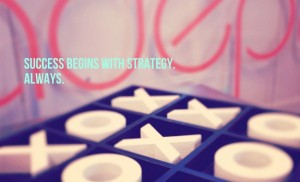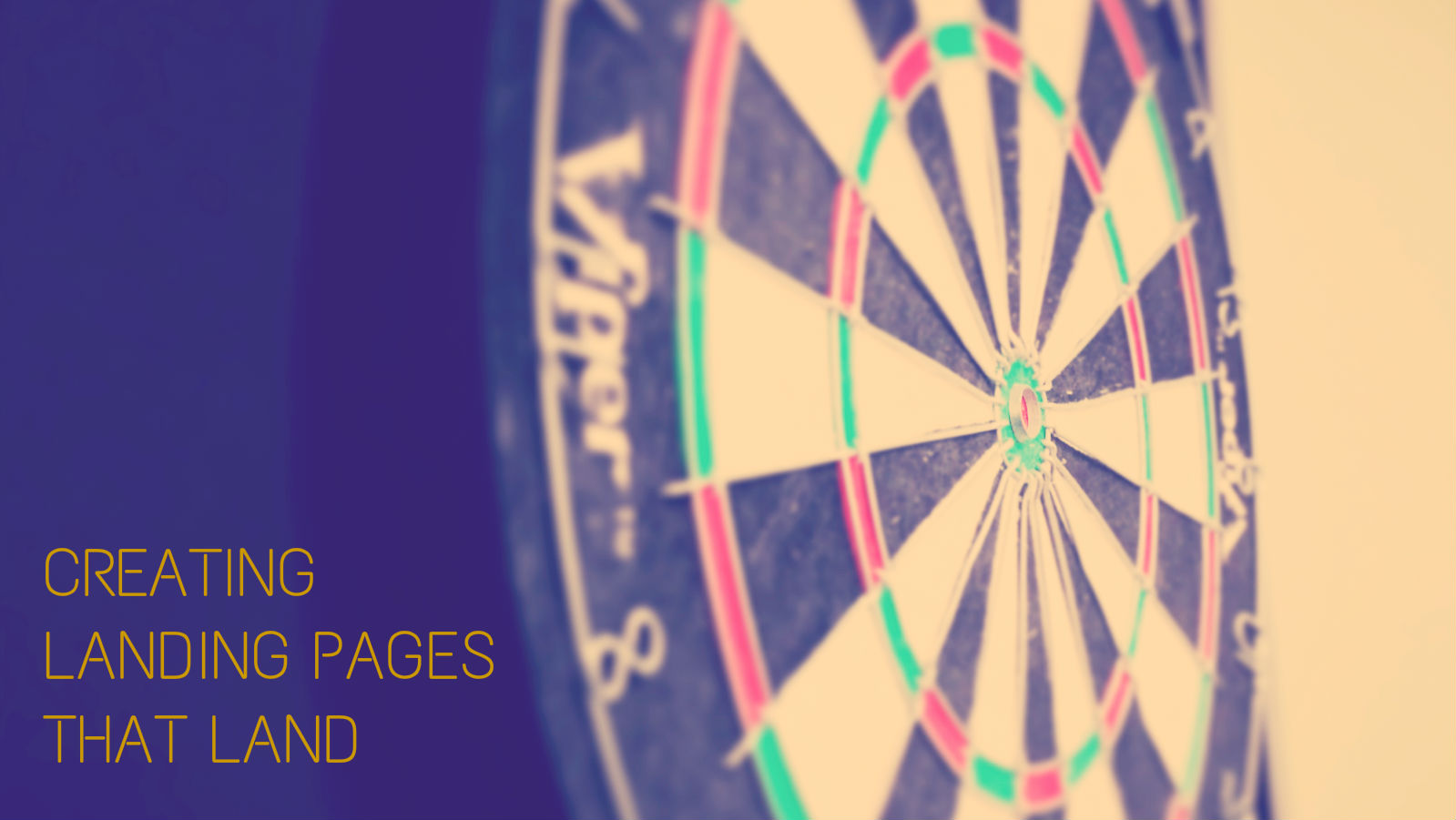4 Defining Phases That Make or Break a Pay Per Click Ad
The effectiveness of a Pay Per Click campaign hinges on its ability to reach and inspire your prospective buyer. Here are the 4 most crucial stategies to consider.
In a crowded space like a search results page, this can be a tall task for your ad. How do you ensure that your ad is not only seen, but that your prospect actually chooses to engage through the ad and click through to your site?
Success begins with crafting a quality message on your ad that engages your target consumer throughout the buyer cycle. If that sounds a bit complex, then this post is perfect for you.

Using the Buyer Process, let's walk through the 4 phases of a Pay Per Click ad that will make or break its success.
Awareness Phase: Make sure that your ad shows up.
It’s certainly impossible to get your buyer’s attention if your ad is invisible. It’s critical to pay attention to your ad placement at this stage – known as the awareness phase - the higher your ad is placed on a page, the more likely that your prospect will notice your ad.
To further enhance the visibility of an ad, we must think beyond placement. We find that two critical areas help strengthen the visual appeal of an ad in order to generate conversions:
- Create ads based around keywords. In search results, keywords are bolded in ad text, which can attract a targeted prospect to click through to your site. Focusing on keywords will create a laser focus on a highly interested buyer by immediately attracting the attention of your target consumer.
- Consider ad extensions. At this stage, we are merely concerned with getting eyes to notice your content. The easiest way to do this is to make your ad larger than the rest, using ad extensions that create a strong visual appeal and content that more fully engages the consumer.
Interest Phase: Utilize methods to spark interest.
It’s not enough to simply place an ad – the ad must communicate effectively to peak the interest of your potential buyer. On crowded search pages and websites, ads that communicate simply and strongly will stand out and entice buyers to click.
We find that utilizing the following four ad methods can generate click-motivating interest in your potential consumer:
- Quickly and strongly communicate your value proposition. What do you offer that will encourage your prospect to click on your ad? Will they get a special discount? Are you giving them a chance to get free shipping? Communicating an attractive and unique value will strengthen your click through rates.
- Use trademark and copyright symbols in your ad to communicate credibility. The internet has a lot of un-reputable content, and prospects are often skeptical about an ad proposition. Enhance trust by showing that you are a safe destination for their click.
- Consider using a vanity URL that’s related to your value proposition. The messaging will further enhance the credibility of your offer, and will communicate a simple destination for your prospect.
- Always include a clear and concise call to action in the copy of your ad. Give your serious prospects the direction they need to click through, using terms such as “call us”, “buy now”, or “learn more” to entice your prospect to check out your ad.
Desire Phase: Make the connection on your landing page.
Once a prospect has noticed your ad and has their curiosity peaked, they’ll click through and land on a specific page on your website – a destination more commonly known as a landing page. In terms of conversion, what happens here can make or break the effectiveness of your ad campaign.
To ensure your value proposition makes a strong connection with your prospect, we recommend including the following four components on your landing page:
- Make sure the headline on your landing page relates directly to your ad. You want your prospect to feel confident about the page they’ve landed on – to know they are in the right place to take advantage of the ad that sparked their interest.
- Deliver on your promises. If you told your prospect that they would receive a discount, or get free shipping, ensure that this is clearly communicated on your page. If your prospect has to dig around your site to find the deal, odds are strong they’ll quickly give up and leave your site.
- Make the page relevant by making it visual. Do not overwhelm your prospect with text-heavy content that will do little to inspire them. Show off the best features of your product with strong pictures, and consider using a short 1-2 minute video to connect with your prospective buyer.
- Incorporate customer reviews on your page. Build trust immediately with your prospective buyer by proudly displaying customer reviews on your ad-specific landing page. Internet visitors are more likely to purchase when they feel their peers have had positive experiences.
Action Phase: Make your desired action easy.
At this stage, your buyer has found you, acknowledged that they are interested, and visited your site to further investigate your value proposition. If you’ve designed your landing page effectively, they will be ready to make a decision. The critical focus here is to make sure that you make it extremely easy for the prospect to take the action you want.
In order to ensure that you provide an effective, well-performing call to action, consider the following proven conversion tips:
- Make the call to action obvious. This means placing your call to action at a natural place on your page to ensure it is immediately noticed by your visitor in a non-offensive manner.
- Ensure consistency. The copy included on your call to action should match the immediate value proposition in the original ad that led your visitor to your page (i.e, “Get 20% off”, or “Get Free Shipping”).
- Keep it short and simple. At this stage, your priority is not to convince your buyer but to enhance the buying experience through enjoyable, simple, and transparent processes. Make sure your checkout process is simple and linear so that the buyer isn’t lost in the process. Make your forms simple to fill out, and provide short directions to encourage your prospect.
A successful Pay Per Click Ad communicates to your prospects throughout the buyer cycle.
With ad space becoming an increasingly crowded space, it's imperative to create paid ads that attract your audience and inspire them to click through to your website (or, better yet, landing page) at every stage of the buyer cycle. In the competitive search results page, this is the only way to ensure that your prospective buyer is interested, inspired, and motivated by your ad to take the actions you want them to take.


